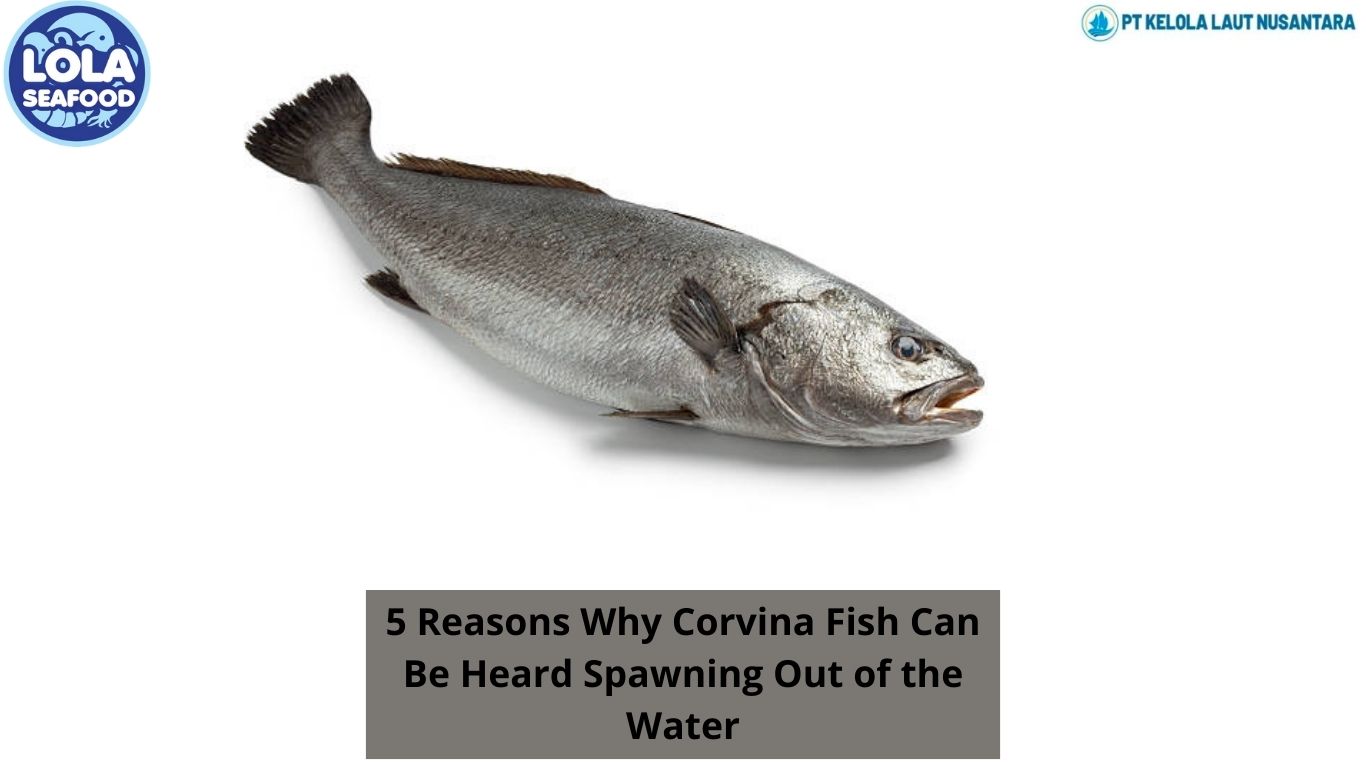5 Things You Should Know About Jewfish
By. Ely Kusniawati - 10 Dec 2024
Kelolalaut.com The Goliath Grouper formerly known as the Jewfish, is a massive and powerful marine fish. It boasts a broad, robust body with a flat head and a wide mouth. Its coloration ranges from olive green to yellowish-brown, often adorned with mottled, irregular patterns that provide excellent camouflage in its reef and mangrove habitats.
Goliath Groupers are among the largest bony fish, capable of growing up to 8 feet (2.4 meters) in length and weighing over 800 pounds (363 kilograms). Despite their intimidating size, they are slow-moving and relatively docile, often allowing divers to approach them closely.
These fish are found in tropical and subtropical waters of the Atlantic Ocean, from Florida and the Gulf of Mexico to the Caribbean and Brazil. They prefer shallow waters with ample cover, such as coral reefs, rocky structures, and shipwrecks. Their diet consists primarily of crustaceans, fish, and cephalopods.
Critically endangered due to overfishing and habitat destruction, Goliath Groupers are now protected in many areas, making them a symbol of marine conservation efforts. Here are five things you should know about the Jewfish, also known as the Goliath Grouper:
1. What is a Jewfish?
The Jewfish, now more commonly referred to as the Goliath Grouper, is a large saltwater fish found in the Atlantic Ocean, the Gulf of Mexico, and the Caribbean Sea. It’s one of the largest species in the grouper family and can weigh up to 800 pounds (363 kg) and grow up to 8 feet (2.4 meters) long.
2. Name Change for Conservation and Inclusivity
The term "Jewfish" has largely fallen out of favour due to concerns about potential insensitivity. In 2001, the American Fisheries Society officially recommended calling it the "Goliath Grouper." The name change aimed to eliminate any unintended cultural or religious offense.
3. Endangered Status
Goliath Groupers are considered critically endangered due to overfishing and habitat loss. They were heavily targeted in the mid-20th century because of their size and value as game fish. Conservation measures, such as bans on harvesting in U.S. waters, have helped their populations recover in recent decades.
4. Habitat and Behaviour
These fish prefer warm, shallow coastal waters near coral reefs, mangroves, and shipwrecks, where they find ample food and shelter. They are ambush predators that feed on crustaceans, fish, and occasionally octopuses. Goliath Groupers are known for their bold nature and have little fear of divers.
5. Vocalization Abilities
Goliath Groupers can produce low-frequency sounds to communicate, especially during mating season or when feeling threatened. These sounds are often described as loud booms or rumbling noises that resonate through the water.
If you are interested in our Jewfish Fillet Skin On please do not hesitate to contact us through email and/or whatapp








